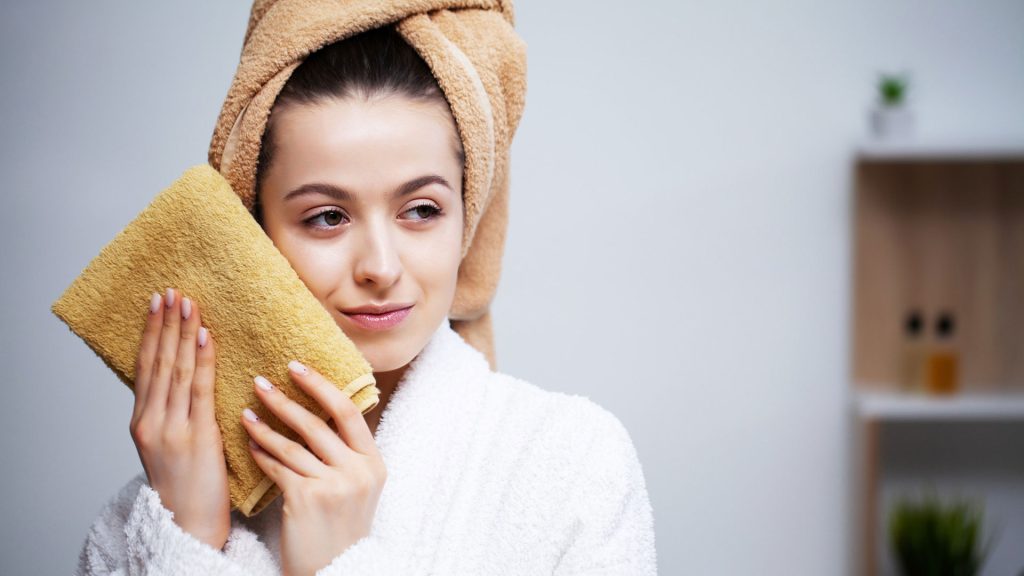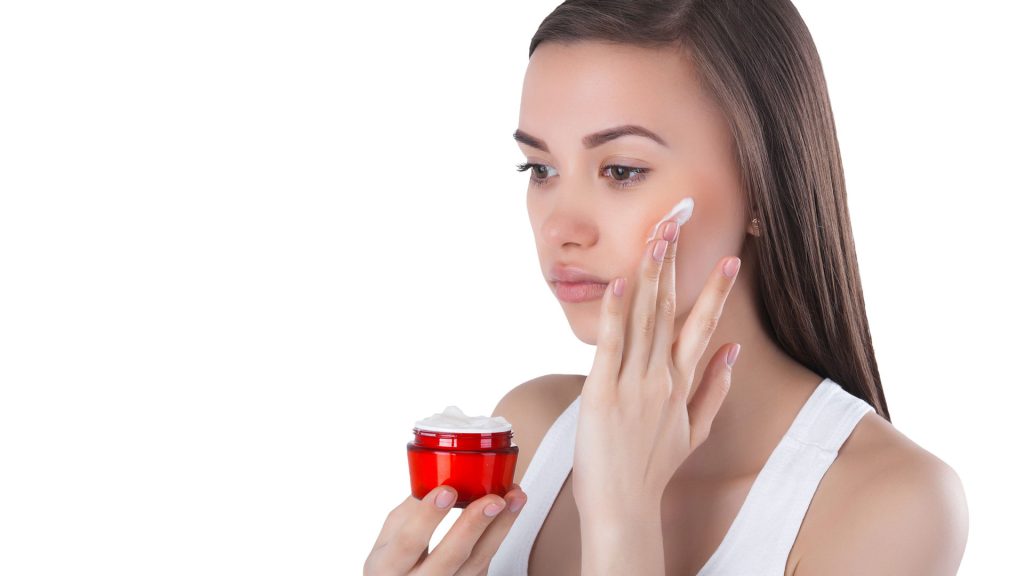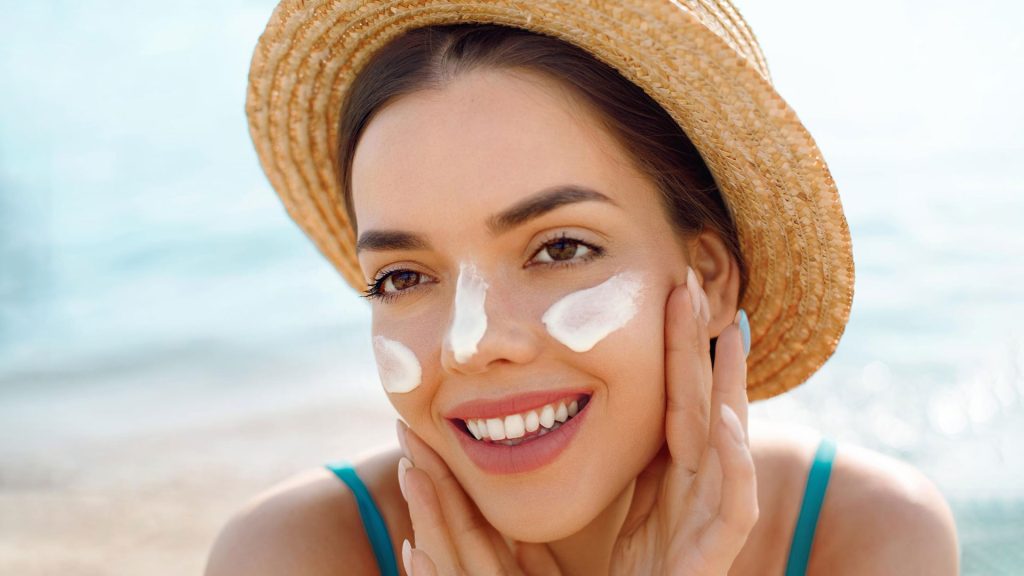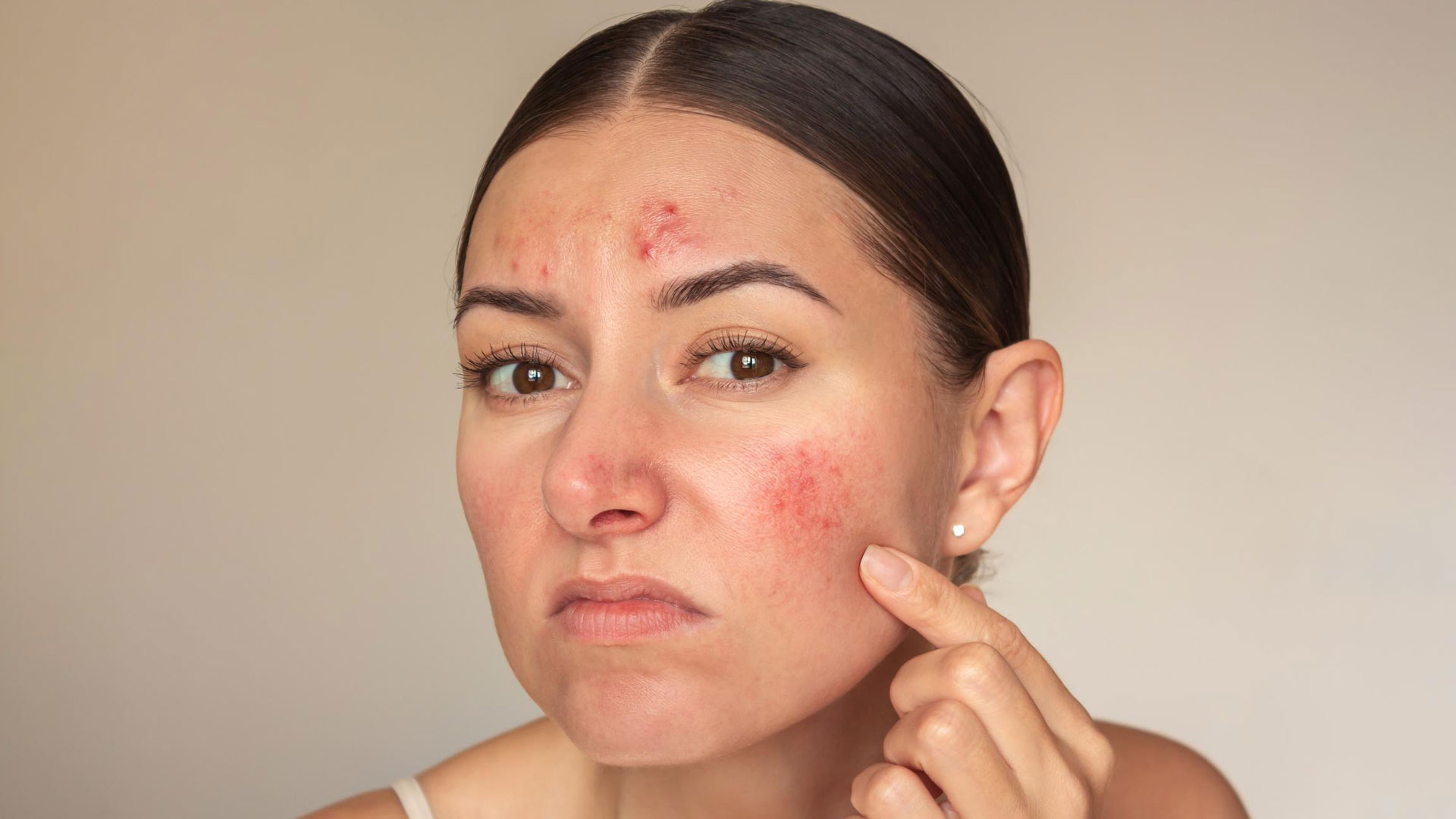Skin Redness can be frustrating, whether it’s caused by rosacea, sensitivity, or inflammation. If you are wondering why your skin has gone from calm to crimson, you’re not alone! You should understand the causes of redness and learn factors of skin care to reduce redness. This way it can help you achieve a more even-toned complexion.
Let’s jump into some practical and effective strategies on how to reduce redness and ways to restore your skin’s balance.
Why Does Skin Turn Red?
Facial redness is often the result of irritation. As such, those with sensitive skin types may be more inclined to develop skin redness. Pinpointing the cause is essential for finding the right solution for your skin. Here are some common reasons for redness:
1. Sensitive Skin: This skin type is natively prone to redness. Happens mainly when exposed to irritants. People with sensitive skin often experience flare-ups. This is caused by the use of harsh skincare products and fragrances that may not suit their skin type.
2. Rosacea: A severe skin condition that causes facial redness. It is often noticed by small, red, pus-filled bumps. Triggers that result in rosacea include sun exposure, spicy foods, alcohol, and stress.
3. Sunburn: UV rays can damage skin cells, causing a red, swollen complexion.
4. Allergic Reactions: Ingredients in skincare products makeup may lead to irritation and facial redness. This condition is known as allergic contact dermatitis and can cause itchiness, swelling, and rashes.
5. Weather Changes: Environmental weather for instance harsh cold or heat, can damage the skin barrier and lead to irritation.
6. Eczema: Eczema is a skin condition where the it becomes inflamed, dry, and itchy. This can lead to areas with red, irritated skin. It occurs especially in people with a compromised skin barrier.
7. Heat and Exercise: Doing physical activity and being in hot environment increases the blood flow of skin which causes temporary redness. This type of redness usually fades away once the body cools down.
Understand why your skin turns red for treating it effectively. Regardless of the cause, there’s a skincare regimen that can help soothe and reduce the red appearance.
Ways On How Can Skin Care Help To Reduce Redness?
The most critical factor in treating skin redness is identifying the cause. This may require updating your routine of skin care to reduce redness. Use redness reducing creams and moisturizers to get rid of red skin. With the help of consistent skin care routine you can now restore your skin’s appearance. Discover some skin care ways to minimize redness.
Light Facial Cleanser

Cleansing is essential to remove dirt, oil, and makeup, but using harsh cleansers can strip your skin’s natural oils. This factor leads to increased irritation. Go for a gentle, fragrance-free cleanser which won’t irritate your skin. Washing your face can help remove impurities from the skin’s surface and is the first necessary step — if you’re looking to keep your skin at its best.
Tips:
– Use lukewarm water.
– Avoid harsh scrubbing.
– Pat dry with a clean towel or cloth.
Specific soothing cleanser products contain ingredients like calendula, chamomile, or green tea that are known for their calming effects.
Soothing Skin Toner
If your redness is accompanied by discomfort, soothing your skin with a calming facial toner can be highly beneficial. Start using it after your morning and evening cleanse. It is an effective way to reduce skin redness, as its calming factors address irritation.
Tips:
– Apply with a cotton pad and gently pat it onto your skin.
– Focus on red areas, like cheeks and forehead.
Moisturizer to Hydrate and Protect

One of the best way to treat redness is applying a good moisturizer. Keeping the skin hydrated helps with securing the skin barrier, which in turn prevents impurities from entering. Moisturizers are used to soothe and protect your skin from the further damages. Look for moisturizers that are prepared for sensitive skin and contain anti-inflammatory ingredients.
Ingredients to Look For:
– Ceramides help restore the skin’s natural barrier.
– Niacinamide has Vitamin B3, which is known for its redness-reducing benefits.
– Aloe Vera has cooling properties that help calm your skin’s redness.
– Squalane is a lightweight hydrator that helps soothe sensitive skin without clogging pores.
Soothing moisturizers help calm the skin and protect it from atmospheric changes.
Gentle Exfoliation
Exfoliating is a way you can remove dead skin cells but over-exfoliating can damage your skin’s natural barrier. This can lead to increased sensitivity and redness. Choose gentle exfoliants (without scrub beads) as they can worsen redness. Limit exfoliation to once a week.
Best Exfoliants:
– Product with Alpha Hydroxy Acid (AHA) is gentle as it is not too harsh of an exfoliant.
– Products with Polyhydroxy Acids (PHAs) are even gentler exfoliant than AHAs making them perfect for sensitive skin.
Sun Protection

Sun exposure is a major trigger for redness and inflammation. Sunscreen is your best shield against harmful UV rays, which can not only burn but also cause long-term skin damage.
Tips:
– Opt for mineral sunscreens. They are gentler on sensitive skin than chemical sunscreens.
– Choose a sunscreen with broad-spectrum protection and an SPF of at least 30 or higher.
– Reapply sunscreen after every two hours, especially if you’re headed outdoors.
Sun protection isn’t just for beach days, but make it a part of your daily routine.
Treatments for Redness
Sometimes, your skin needs a little extra care and help. If redness is consistent, incorporate treatments with the help of your dermatologist. Prescribed treatments can make a whole lot of difference; here are some ingredients to look out for:
– Azelaic Acid: Prepared to treat redness from rosacea and acne. It calms inflammation and lightens hyperpigmentation of the face.
– Centella Asiatica Plant (Cica): is mainly known for its healing properties as this plant extract soothes irritation and reduces redness easily.
– Allantoin: A plant extract that calms the skin, providing relief from irritation.
These treatments can be layered with moisturizer or used with specified serum.
What Are Extra Factors That Affect Skin Redness?

Besides skincare products, everyday lifestyle can have a significant impact on skin’s redness. Here are some factors that can help affect your skin’s redness:
– Watch Your Diet: Spicy foods, alcohol, and hot beverages can trigger redness in some people. Consider reducing the intake if you notice a connection.
– Manage Stress: High-stress levels can lead to intensified redness. Practicing stress-relief techniques like meditation or yoga might benefit your skin’s appearance.
– Sleep Well: Sufficient sleep helps with overall skin health and reduces inflammation.
Frequently Asked Questions (FAQs)
Q: How can I calm sudden skin redness?
A: Apply a cooling ice pack or use calming products like aloe vera gel or green tea toner to quickly soothe redness.
Q: What is the best skincare routine to reduce redness?
A: A basic routine to reduce redness should include a cleanser, soothing toner, moisturizer, and sunscreen.
Q: Can stress cause skin redness?
A: Yes, stress can lead to increasing in redness. Managing stress through relaxation techniques may help reduce flare-ups.
Say Goodbye To Redness And Hello To Glow
Don’t let skin redness affect your confidence any longer. Start with the right skincare routine to minimize redness and keep a glowing complexion. Stick with gentle products and avoid harsh irritants. Remember to protect your skin from external factors like sun and extreme weather.
Everyone’s skin is different, so don’t hesitate to consult a dermatologist for skin care to reduce redness if it is still persistent. They can help customize a plan to your skin’s specific needs. Start your journey to calmer skin today and experience glowing, smooth skin.

